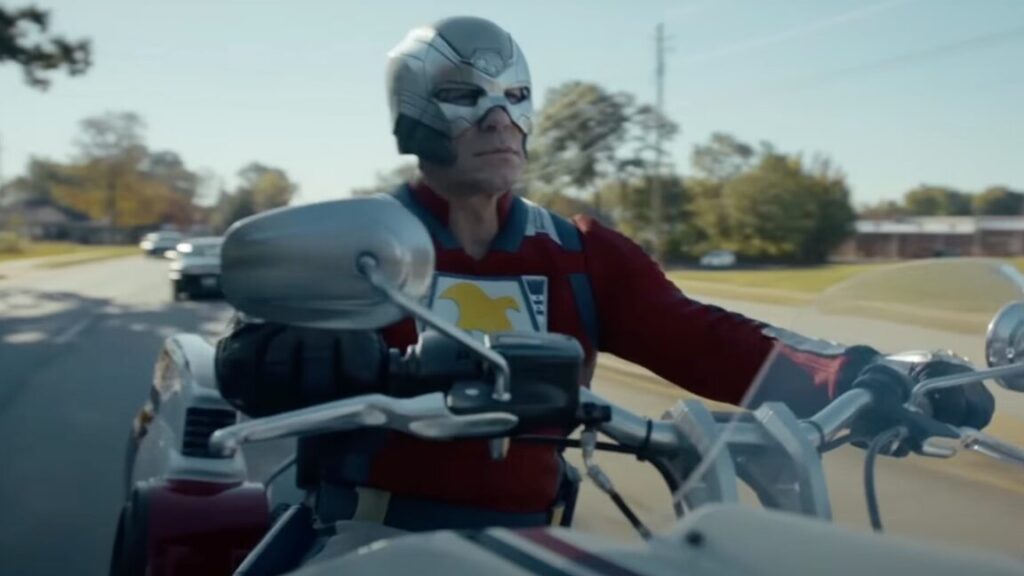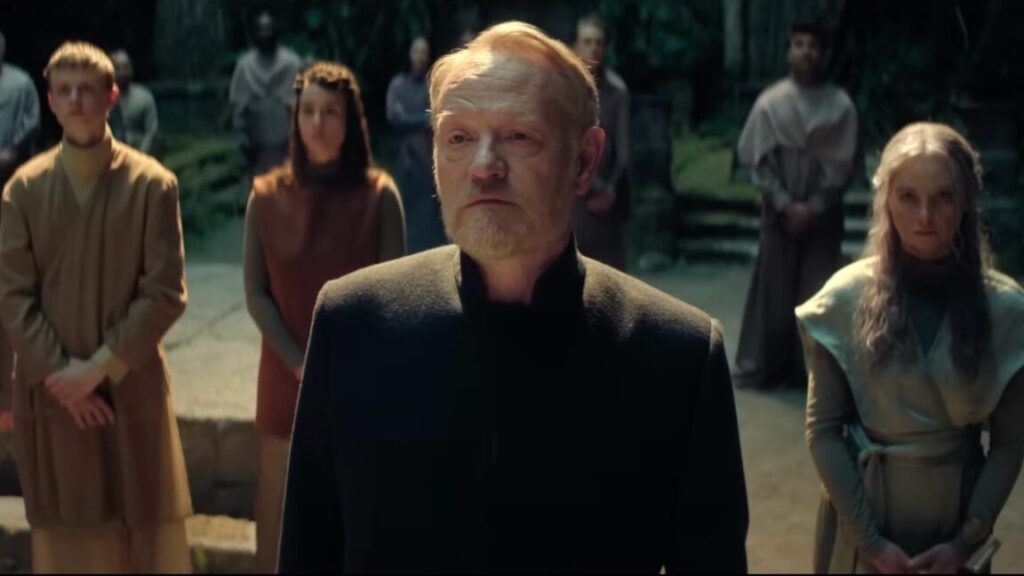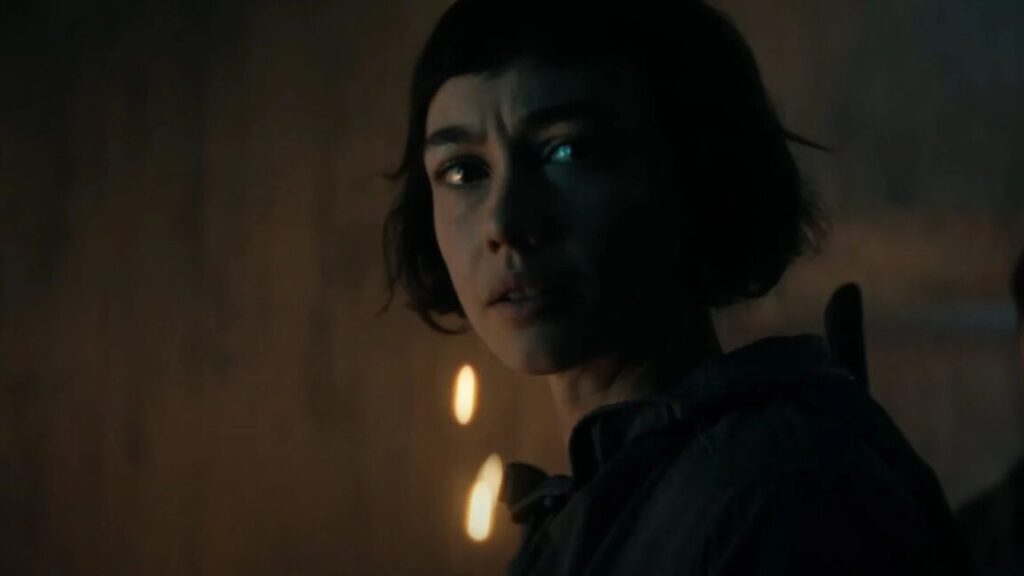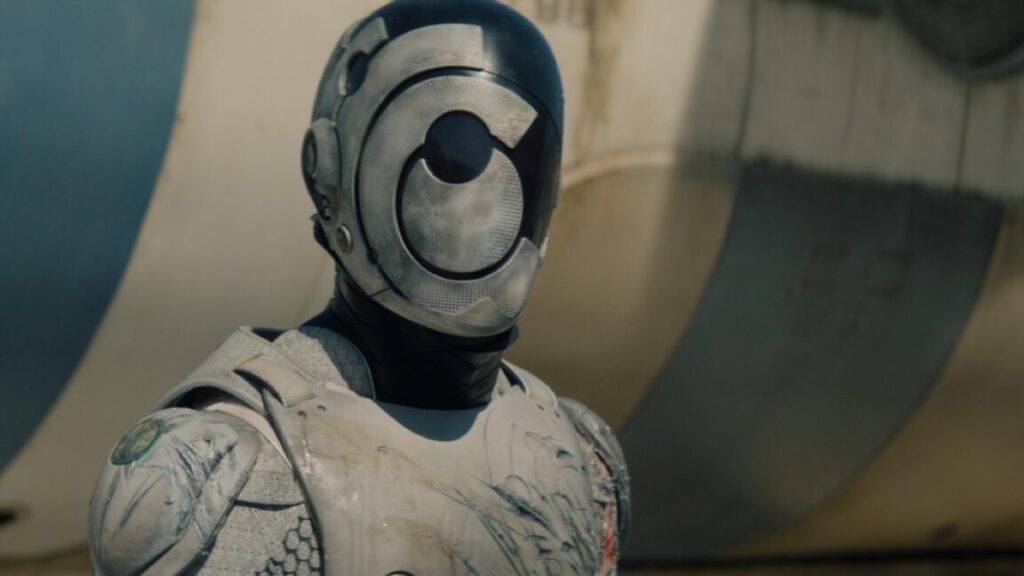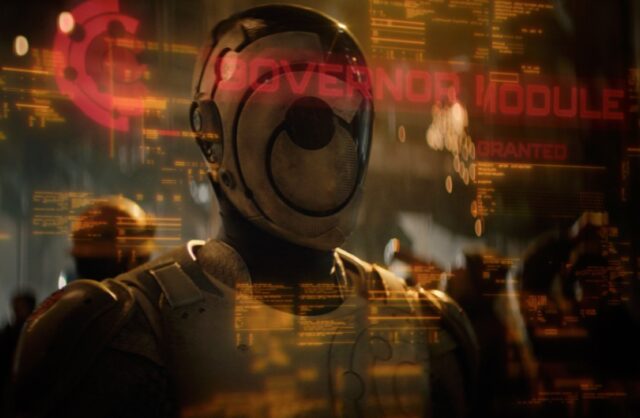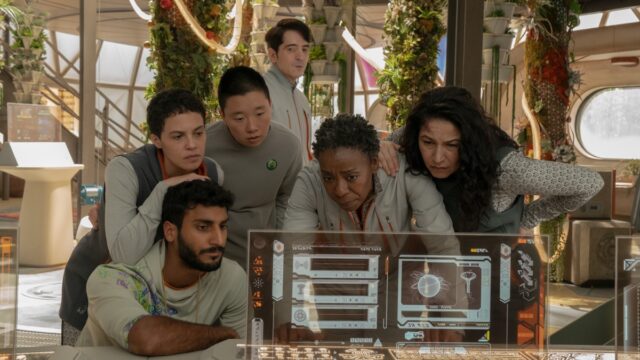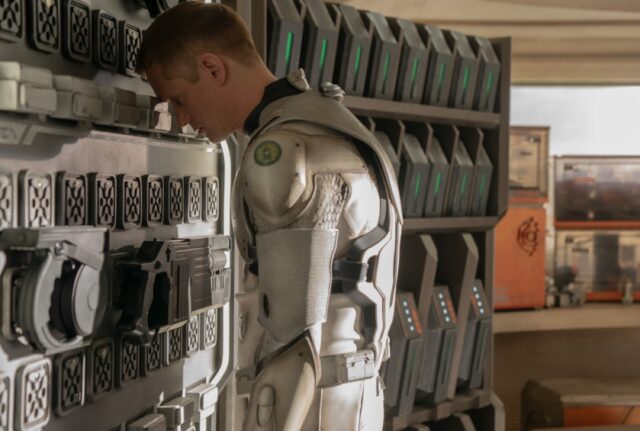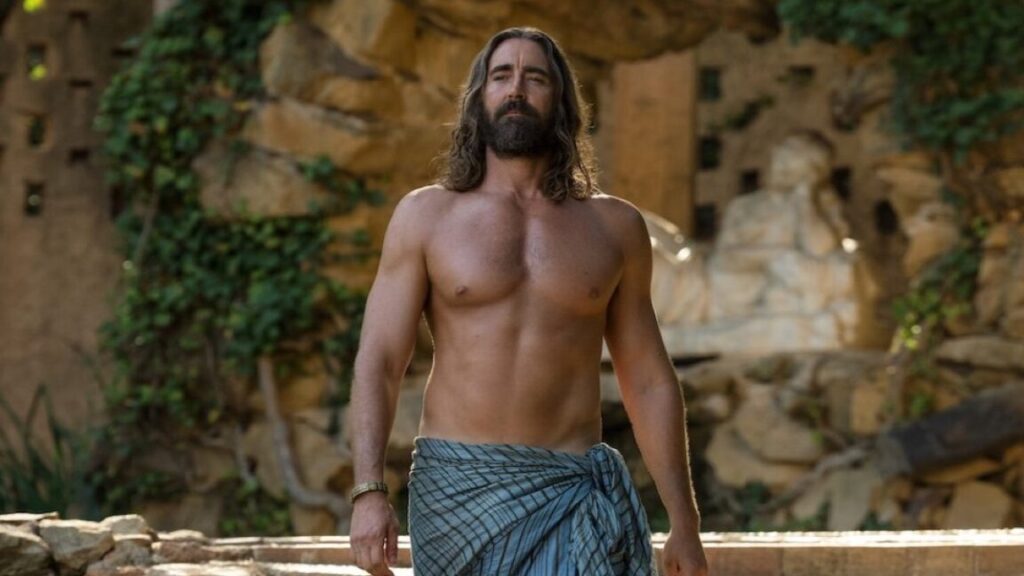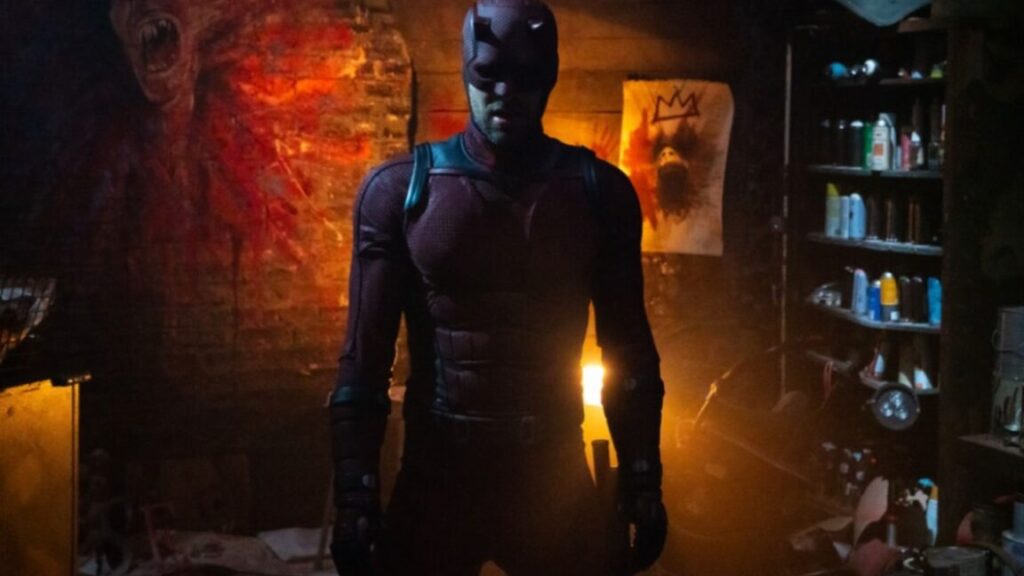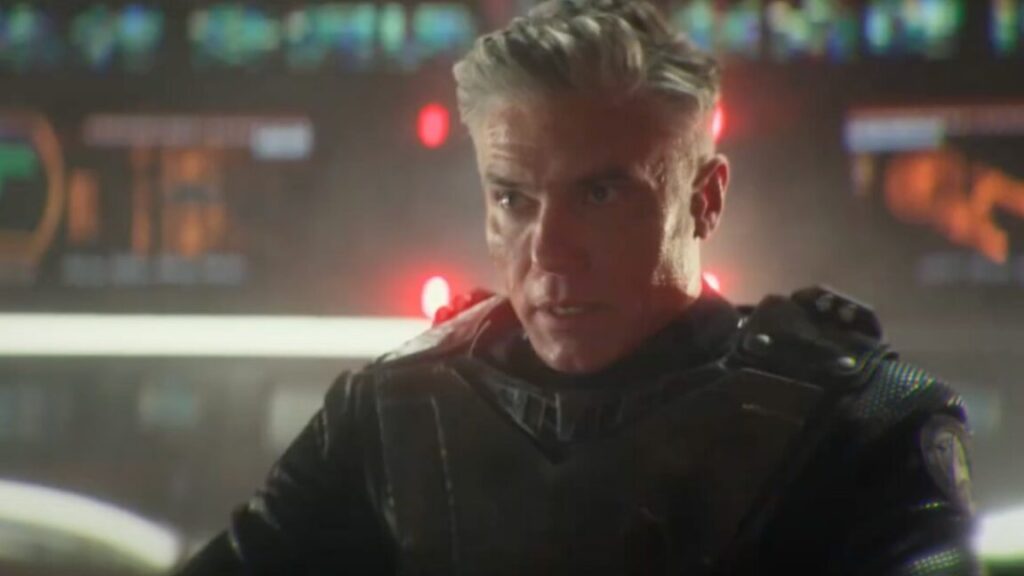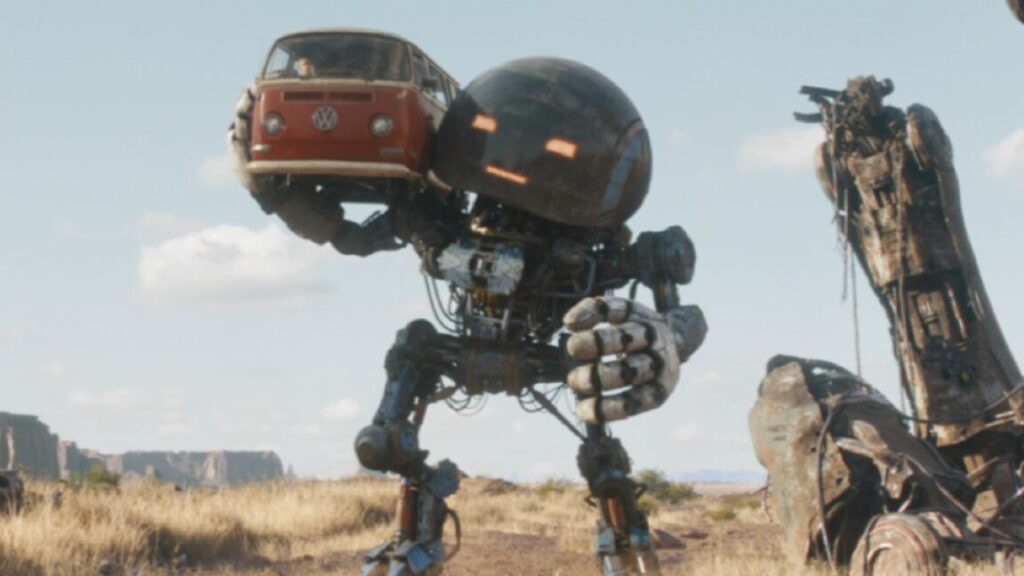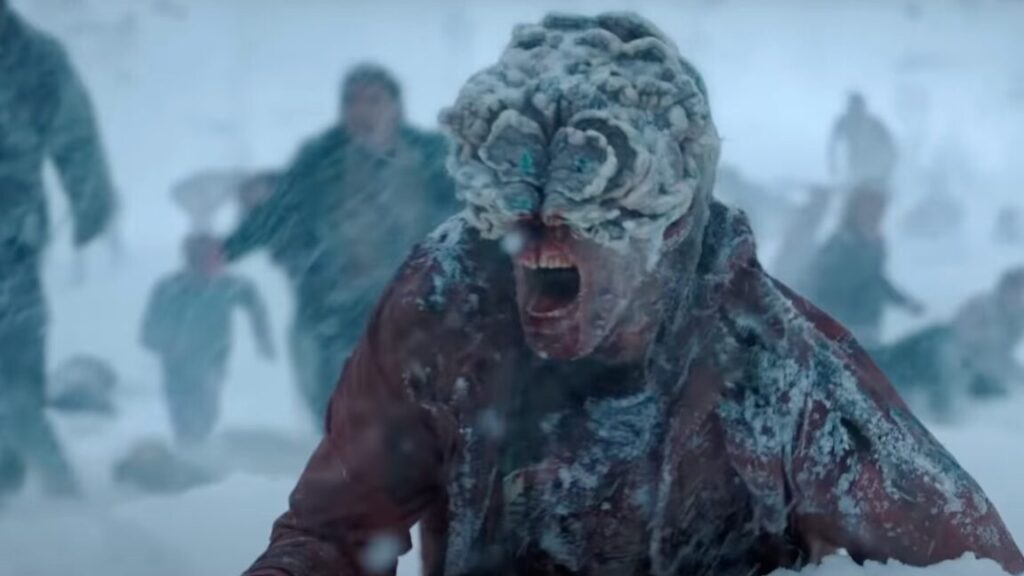Peacemaker S2 trailer finds our anti-hero in a parallel world
HBO Max dropped the hotly anticipated full trailer for S2 of Peacemaker—James Gunn’s Emmy-nominated series spun off from his 2021 film, The Suicide Squad—at San Diego Comic-Con this weekend.
(Spoilers for S1 below.)
As previously reported, the eight-episode first season was set five months after the events of The Suicide Squad. Having survived a near-fatal shooting, Peacemaker—aka Christopher Smith—is recruited by the US government for a new mission: the mysterious Project Butterfly, led by a mercenary named Clemson Murn (Chukwudi Iwuji). The team also includes A.R.G.U.S. agent John Economos (Steve Agee) of the Belle Reve Penitentiary, National Security Agency agent and former Waller aide Emilia Harcourt (Jennifer Holland), and new team member Leota Adebayo (Danielle Brooks).
Project Butterfly turned out to be a mission to save Earth from an alien species of parasitic butterfly-like creatures who took over human bodies. The misfit members of the project eventually succeeded in defeating the butterflies in a showdown at a ranch, and even survived the carnage despite some severe injuries.
Cena, Brooks, Holland, Agee, and Stroma are all back for S2, along with Nhut Lee as Judomaster and Eagly, of course. Robert Patrick is also listed in the S2 cast, reprising his role as Chris’ father, Auggie. New cast members include Frank Grillo as Rick Flagg Sr. (Grillo voiced the role in the animated Creature Commandos), now head of A.R.G.U.S. and out to avenge his son’s death; Tim Meadows as A.R.G.U.S. agent Langston Fleury; Sol Rodriguez as Sasha Bordeaux; and Michael Rooker as Red St. Wild, described as Eagly’s “nemesis.”
The events of S1 played out within the old DCEU, while S2 takes place in the new DCU, but Gunn has said that those earlier events are nonetheless considered “canon,” apart from the cameos by DCEU Justice League members. S2 is part of Gunn’s “Gods and Monsters” slate; Cena’s Peacemaker even made a brief cameo in Superman. This time around, Chris will be struggling “to reconcile his past with his newfound sense of purpose while continuing to kick righteous evil-doer butt in his misguided quest for peace at any cost,” per the official synopsis.
Peacemaker S2 trailer finds our anti-hero in a parallel world Read More »
